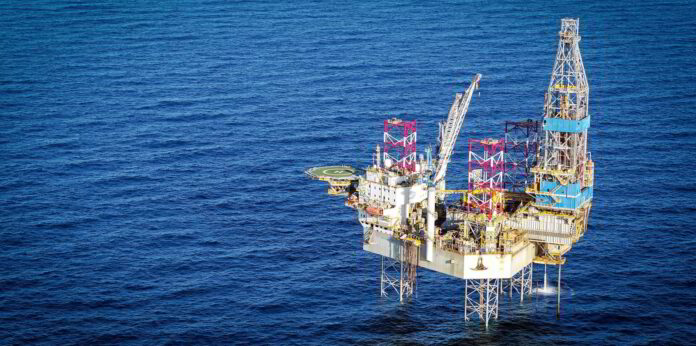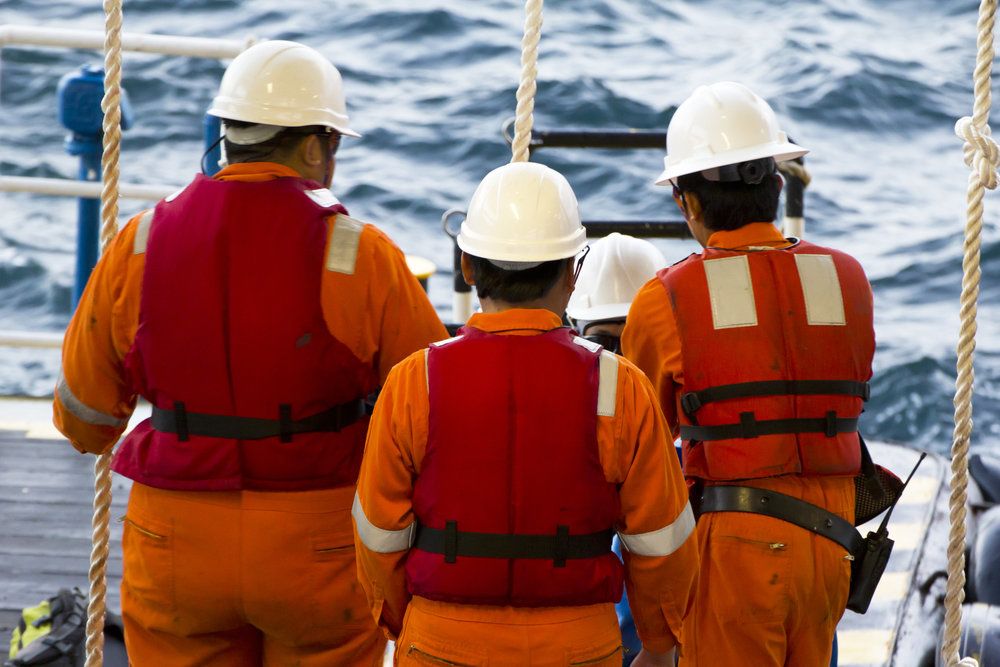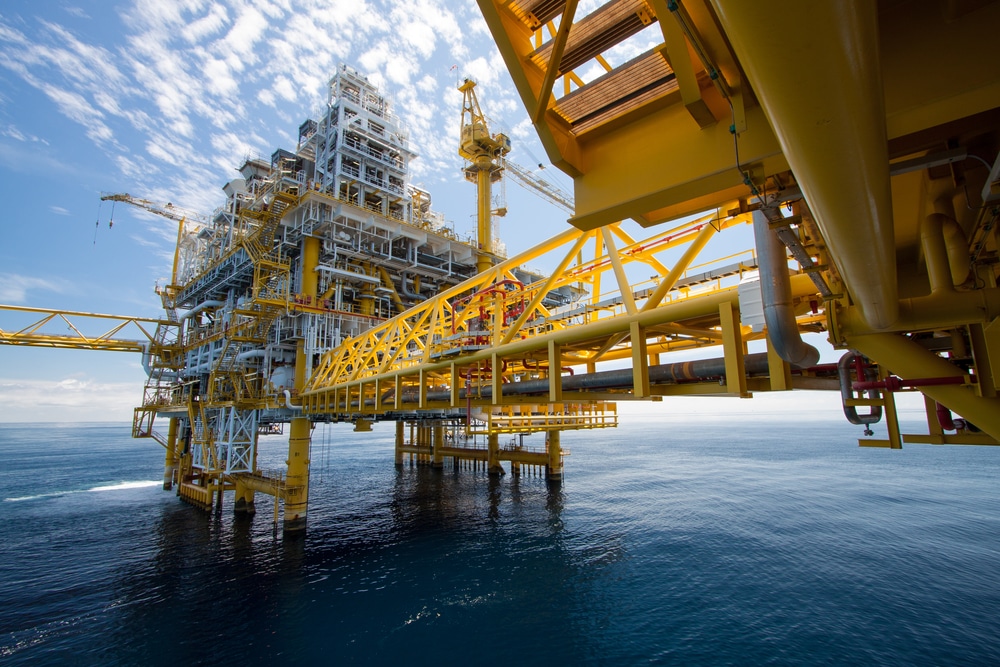
Offshore work environments primarily consist of oil rigs, wind farms, and other maritime industries situated at sea or on a body of water. These locations offer unique challenges, as they are often in remote areas, exposed to harsh weather conditions, and involve high-risk activities such as drilling, processing of hydrocarbons, and construction work. The combination of these factors contributes to a workplace that requires specific safety measures and stringent protocols.
Developing an understanding of the common types of accidents that can occur in offshore work environments is important for several reasons. Firstly, it helps in improving safety standards and implementing efficient preventive measures. Knowledge about the types of injuries and how they occur helps in designing safety training protocols for workers. Also, it provides insight to stakeholders, including government bodies and corporations, to formulate policies and regulations aimed at minimizing risks. For workers themselves, awareness of these accidents is essential, as it underlines the importance of adhering to safety procedures and protocols in their own interest and wellbeing.
An Overview of Offshore Accidents

Offshore accidents are incidents that occur in an offshore working environment, typically involving equipment failure, human error, or environmental hazards. These incidents may result in personal injury or even loss of life, leading to complex cases that a skilled personal injury lawyer may be enlisted for guidance. Victims of these accidents may struggle with physical, emotional, and financial obstacles during their recovery.
High-Risk Nature of Offshore Work
Due to the distinctive conditions of offshore sites – including the volatile weather, isolation, and the heavy machinery typically in use – these workspaces carry an inherently high risk. According to the Bureau of Labor Statistics (BLS), the maritime industry, which includes offshore jobs, records fatalities at a rate five times higher than all other industries combined. In 2018, for instance, the BLS reported a fatality rate of 23.1 per 100,000 full-time equivalent workers in the maritime sector compared to the average of 3.5 for all US workers. This high-risk environment emphasizes the importance of safety measures and protocols to protect workers and prevent accidents.
Types of Offshore Work Vulnerable to Accidents

Oil and Gas Industry and Offshore Construction
Workers in this industry often operate under strenuous conditions away from land and are responsible for various high-risk tasks, such as drilling, blasting, and heavy lifting. All these functions pose significant potential for major accidents. Similarly, offshore construction is vulnerable to accidents. These construction projects, which often involve erecting structures like oil platforms or wind turbine farms, expose workers to dangers like falls from significant heights, machinery malfunctions, and harsh weather conditions.
Maritime Transport Industry and Fisheries
The maritime transport industry, encompassing jobs on cargo ships and container vessels, poses a considerable risk of accidents due to factors such as rough sea conditions, heavy machinery operations, and the handling of potentially hazardous materials. Employees working in this industry are at risk of severe injuries from accidents such as collisions, onboard fires, and falls overboard. Fisheries, although less considered, are also amongst the most dangerous offshore jobs. Fishermen and fisherwomen often work long hours under severe weather conditions and are at risk of accidents like falling overboard or getting injured by equipment such as nets and traps.
Common Injuries Sustained in Offshore Accidents
Head, Brain, and Bone Injuries
The nature of offshore work poses a series of threats to the safety of employees, leading to a range of potential injuries. One of the most serious and common types of injuries that offshore workers suffer from are head and brain injuries. These can occur from falling objects, slips, trips, falls, or as a result of machinery malfunctions. The effects of such injuries can be severe and long-lasting, hampering victims’ ability to return to work or even perform basic daily tasks. Another common type of injury involves broken and fractured bones, which can occur due to falls from heights or heavy machinery accidents.
Burns, Spinal Cord Injuries, Drowning, and Hypothermia
These can result from fires or explosions commonly associated with oil and gas industry accidents. Similarly, spinal cord injuries are a common aftermath of accidents involving falls or heavy equipment. They can lead to severe consequences like paralysis or mobility challenges. Drowning incidents and hypothermia are other major risks particular to offshore workplaces, especially those involved in the marine sector and fisheries. Such incidents can occur due to unfortunate events like fall overboard, capsizing, or equipment malfunction while deep in the water.
Causes of Offshore Accidents Resulting in Injuries

Equipment Failure
This can happen due to improper maintenance or because the equipment is aging and hasn’t been replaced on time. In an environment as hazardous as an offshore site, equipment failure can lead to devastating results like worker injuries or even deaths. Another common cause of injuries in offshore environments is explosions and fires. Offshore platforms, particularly oil and gas rigs, are highly flammable environments. A single spark can result in a fire or explosion, leading to severe burns and other catastrophic injuries.
Human Error and Natural Disasters
Offshore jobs come with many slipping and tripping hazards. Wet, slippery surfaces, obstructions, and uneven surfaces can all lead to fall injuries, which can be particularly severe if they happen overboard or from height. Human error is another significant cause of offshore accidents. This can include mistakes made while operating heavy machinery, failing to follow safety protocols, or misjudging weather or sea conditions. Lastly, natural disasters also pose a threat. Although uncommon, severe weather conditions like hurricanes, tidal waves, or earthquakes can cause deadly accidents in offshore work environments.
Offshore workplaces present unique risks, leading to potential serious accidents and injuries. It’s important for employees working in these high-risk environments to understand the dangers they may encounter, their rights as workers, and the safety measures designed to protect them. By promoting awareness and adherence to safety procedures, we can help to reduce the occurrence of offshore accidents and ensure a safer environment for offshore workers.








